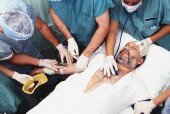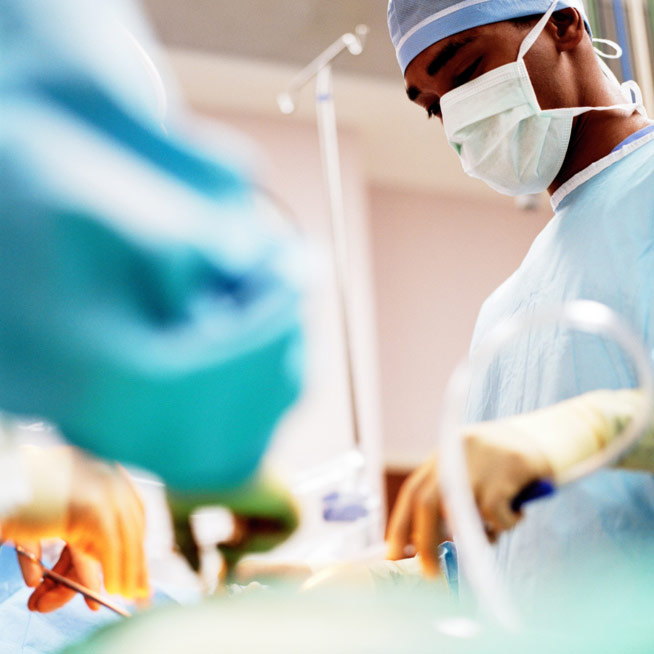
WEDNESDAY, April 6 (HealthDay News) — Survivors of a little-known critical illness known as acute respiratory distress syndrome (ARDS) remain physically and emotionally weak five years after recovering, despite the fact that their lungs heal almost completely, a new study indicates.
Following 109 ARDS patients — 86 percent of whom participated in a previous one-year study — Canadian researchers observed they had not returned to normal physical functioning five years after prolonged treatment in the intensive care unit. Lasting effects included low scores on general health and vitality as well as lingering disability from muscle and nerve damage, stiff joints, scarring from breathing tubes and post-traumatic stress disorder.
The study, which is the first to track ARDS patients long-term, is published in the April 7 issue of the New England Journal of Medicine.
“If you’re a critical care physician, these are some of the sickest patients [you’ll see] in the intensive care unit,” said study author Dr. Margaret Herridge, a clinical researcher and pulmonary and critical care physician at Toronto General Hospital. “It’s a huge issue, and yet really under the radar. These are the patients who keep us up at night.”
ARDS, a severe form of lung inflammation, strikes about 170,000 Americans each year, Herridge said, killing 30 percent to 40 percent of its victims. Triggered by other serious illnesses such as pneumonia and sepsis, or resulting from a traumatic injury, the condition leads to average ICU stays of about four weeks and several months of inpatient treatment overall.
Study participants were relatively young, with an average age of 44, and underwent exams such as pulmonary function tests, a six-minute walk test, chest imaging and a quality-of-life evaluation.
While pulmonary function was normal or nearly normal in all patients five years after their illness, 51 percent reported at least one episode of diagnosed depression, anxiety or both. About three-quarters had returned to work, but had often required a gradual transition to work, a modified schedule or job retraining, the study said.
Notably, these patients’ health-care costs were three to four times higher than costs incurred by typical people in their age range, Herridge said.
“This is a huge public health catastrophe when we’re saving people’s lives but they’re ending up with severe disability,” she said. “It’s a very important message for patients, families and primary care physicians because I think patients assume they should be well, so they feel bad that they aren’t. The message they get is that the patient and their family should just be grateful they’re alive . . . and our study clearly says it’s not OK.”
Dr. Len Horovitz, a pulmonary specialist at Lenox Hill Hospital in New York City, said he was surprised that the patients’ lungs recovered so well from the “ominous” illness, but the psychological damage sustained isn’t unexpected considering the extent of their ordeal.
“It is totally traumatizing to wake up on a respirator after three weeks with a tracheostomy,” Horovitz said, describing a typical scenario.
Using the results, health professionals should make an effort to step up ARDS patients’ physical rehabilitation by getting them out of bed sooner and using alternate drugs that may not damage muscles and nerves as extensively, Herridge and Horovitz said.
“We’re trying to shift the ICU culture to use less sedation and use more rehab in the ICU and after,” Herridge said. “So really, ICU practice patterns need to change.”
“I’ll be changing how I approach these patients in terms of their immediate rehab,” Horovitz agreed. “The research and follow-up over five years shows us we can do more and better for these patients, and we will.”
More information
The ARDS Support Group has more information about ARDS.

